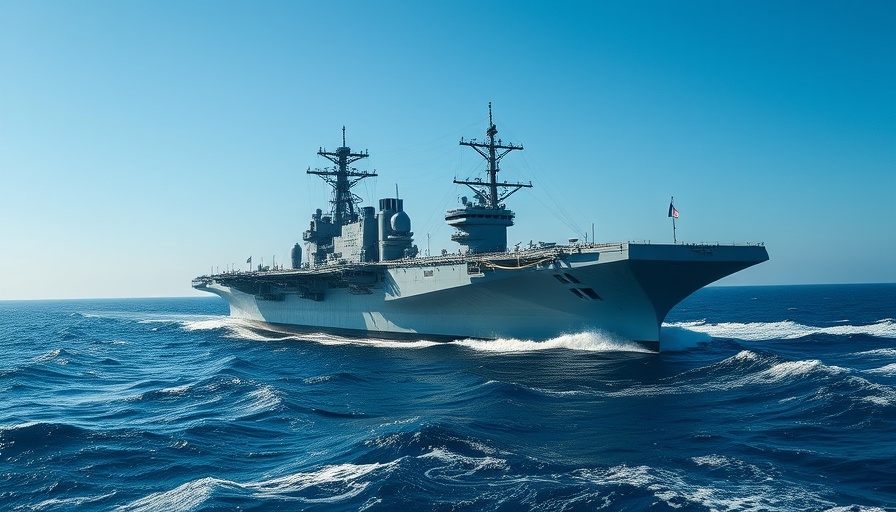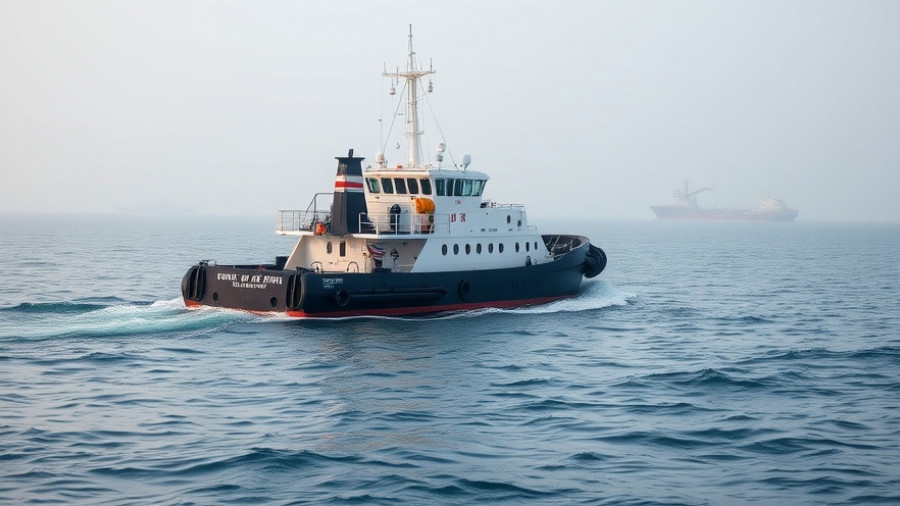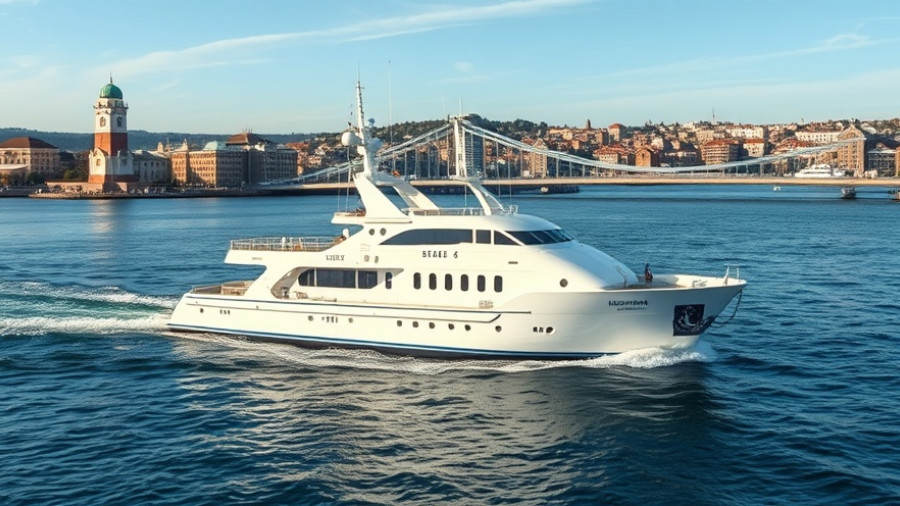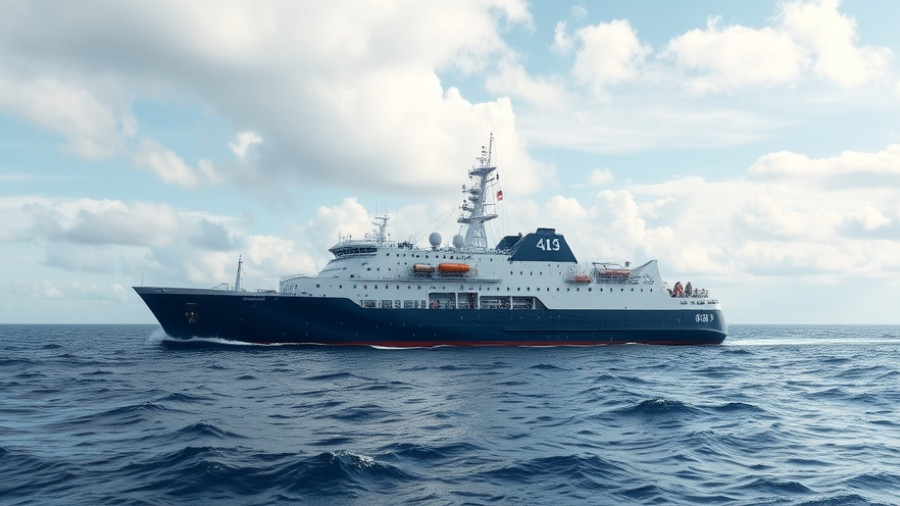
India's Ambitious Naval Expansion Plans
Amid rising tensions with neighboring countries, India is strategizing a significant upgrade to its naval capabilities. The recent proposal to build a third nuclear-powered aircraft carrier showcases its ambitions to strengthen maritime security in the Indian Ocean. This development is part of a comprehensive 15-year defense modernization plan aimed at enhancing the operational efficiency and strategic reach of the Indian Navy.
Modernization in Response to Regional Threats
The decision comes at a time when India faces military challenges from both China and Pakistan, with whom it has had several confrontations in recent years. The defense ministry has highlighted the importance of aligning military resources with the evolving security landscape, indicating a shift toward greater self-reliance using domestic defense manufacturing. As part of these reforms, India is seeking to reduce its dependency on foreign suppliers, particularly from established partners like Russia, France, and the United States.
Nuclear-Powered Carriers: A Leap Forward
The proposed nuclear aircraft carrier represents a significant technological advancement for the Indian Navy. Currently, India operates two carriers—a Russian and a domestically built vessel. The new carrier will enhance India's capabilities, providing longer reach and stealth in operations. Notably, it will require at least 10 nuclear propulsion systems, signaling a commitment to developing sustainable naval power in the future.
Leveraging Homegrown Technology
India's defense roadmap also intends to incorporate indigenous technologies, including new-generation twin-engine deck-based fighters and light combat aircraft designed by Hindustan Aeronautics Ltd. This approach not only bolsters national defense capabilities but also stimulates economic growth through job creation in the defense sector. Such advancements are pivotal as India aims to secure its strategic interests in a region characterized by maritime competition.
Partnerships for Advanced Warfare Technology
The plan outlines a partnership model between public and private sectors, suggesting a forward-thinking approach to military modernization. This includes procuring advanced systems such as electromagnetic aircraft launch systems, which will replace traditional steam catapults on carriers, further enhancing operational effectiveness.
Continuous Investment in Defense
With a defense budget of around $77 billion, India ranks as one of the top military spenders globally. This financial commitment underscores the nation's prioritization of defense readiness and technological development. Furthermore, recent contracts involving the acquisition of Rafale Marine jets from France further illustrate India’s tactical investments into modernizing its aerial capabilities to complement naval operations.
Conclusion
In an increasingly complex geopolitical environment, India's push for a third nuclear aircraft carrier is more than a military upgrade; it is a statement of intent in asserting its position as a formidable naval power in the Indian Ocean. The integration of advanced indigenous technologies, a focus on self-reliance, and strategic partnerships could set the stage for a transformative period in India's maritime defense strategy.
 Add Row
Add Row  Add
Add 




Write A Comment